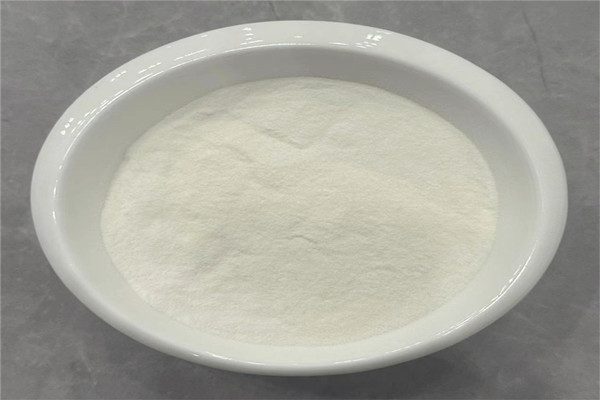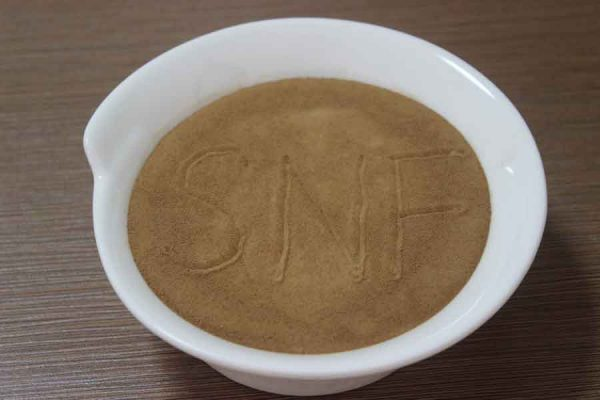How does sodium gluconate reduce water in concrete? Read the article to take you to understand. Sodium gluconate as water reducer agent, when 0.1% sodium gluconate is added to concrete, the amount of water added to concrete can be reduced by 10%.
Concrete is a composite material made of cement, aggregates, admixtures and water. Concrete is the largest amount of all artificially manufactured materials.
Three-quarters of concrete is aggregate, but the most active ingredient in concrete is cement slurry. The properties and performance of concrete are mainly determined by the properties of cement paste.
The admixtures in concrete can provide some beneficial effects such as accelerating solidification, delaying solidification, making air bubbles exist, reducing water consumption and increasing plasticity, and so on.
Usually several admixtures are used in cement at the same time, and various admixtures can reinforce each other in some applications.
Sodium gluconate can be used as an admixture in concrete. Its functions in concrete are as follows: water reducer and retarder
Sodium gluconate is generally used alone, but it can also be used in combination with other retarders such as carbohydrates and phosphates. Sodium gluconate is a crystalline powder. It is produced under properly regulated and controlled conditions. This compound is chemically pure and non-corrosive. The quality is constant. These features can ensure that it has reliable and reproducible results in the application.
Sodium gluconate as water reducer
Add it to concrete and you will consume less water.By adding a water reducing agent, the water-cement ratio (W/C) can be reduced. The following effects can be obtained by adding sodium gluconate:
1. Improve workability. When the water-cement ratio (W/C) remains unchanged, adding sodium gluconate can improve workability. At this time, sodium gluconate acts as a plasticizer. When the addition amount of sodium gluconate is below 0.1%, the degree of improvement in workability is proportional to the addition amount.
2. Improve strength. When the cement content remains the same, the water content in the concrete can be reduced (that is, W/C is reduced). When the amount of sodium gluconate added is 0.1%, the amount of water added can be reduced by 10%.
3. Reduce cement content. The water and cement content is reduced in the same proportion, and the W/C ratio remains unchanged.
Sodium gluconate as retarder
Sodium gluconate can significantly delay the setting time of concrete. When the dosage is less than 0.15%, the logarithm of the initial setting time is directly proportional to the dosage, that is, the dosage is doubled, and the initial setting time is delayed to ten times, which makes the working time from very few The hours are extended to a few days without compromising the strength. This is an important advantage especially in hot weather and when it needs to be placed for a long time.



